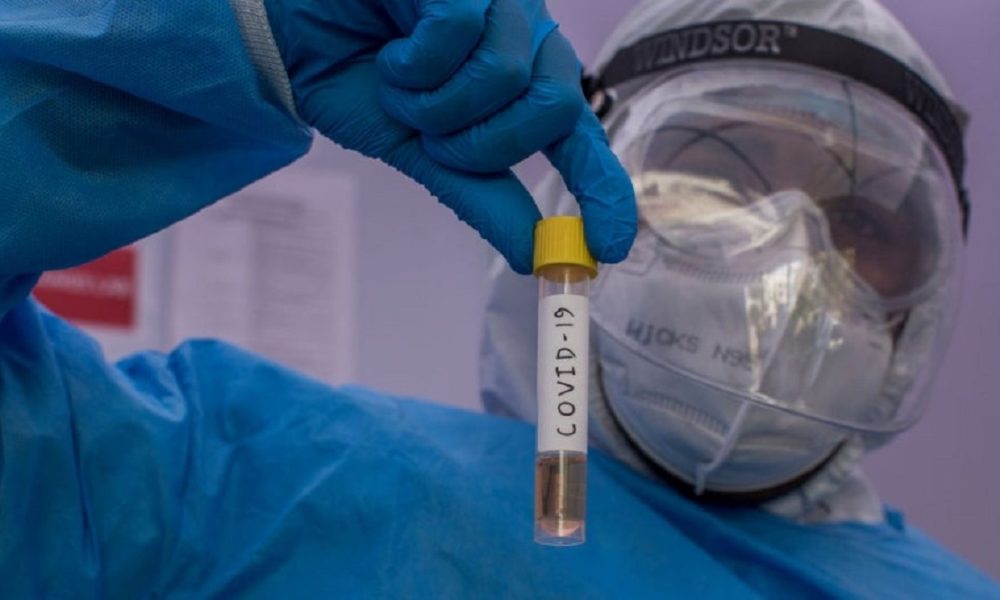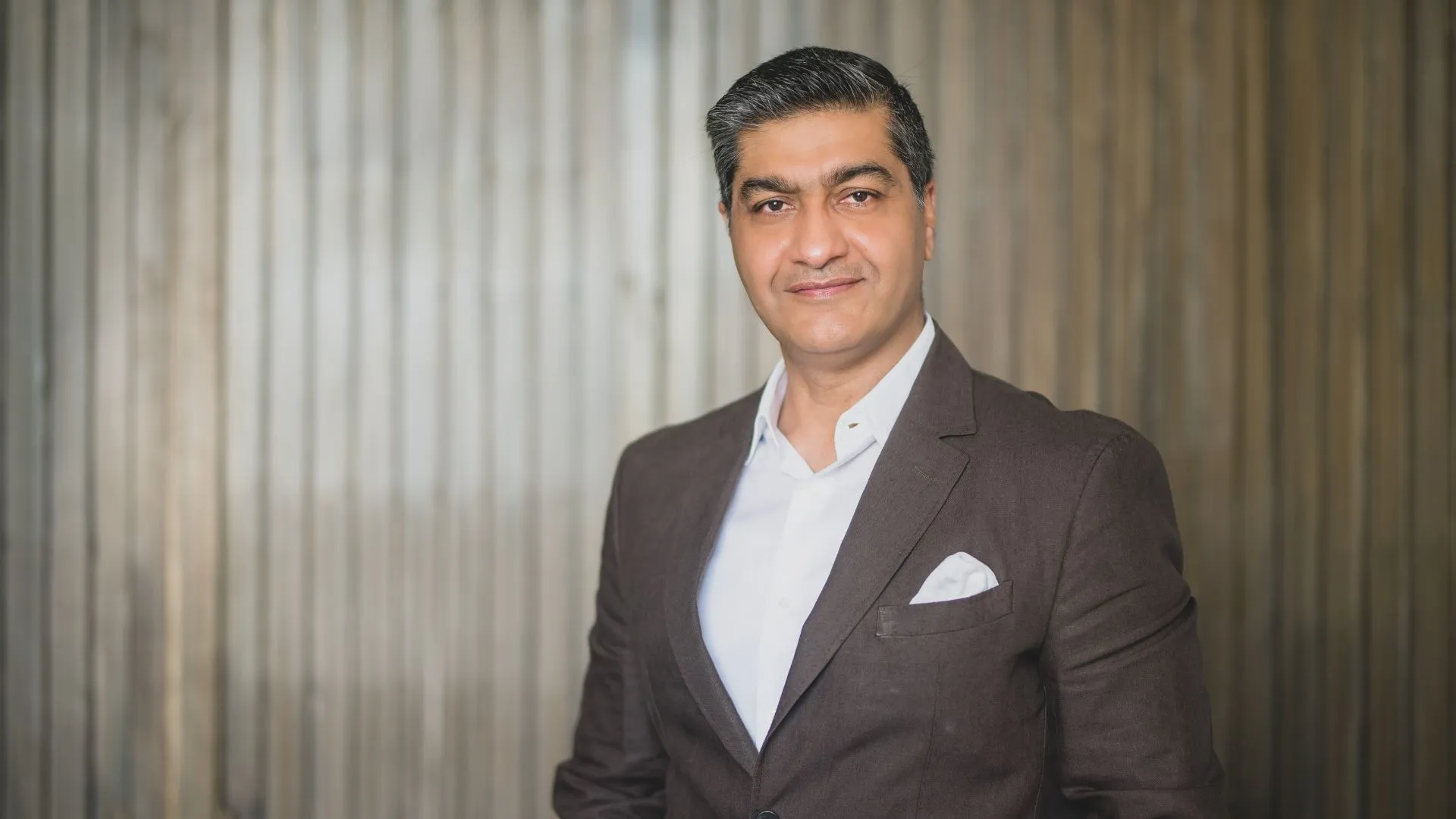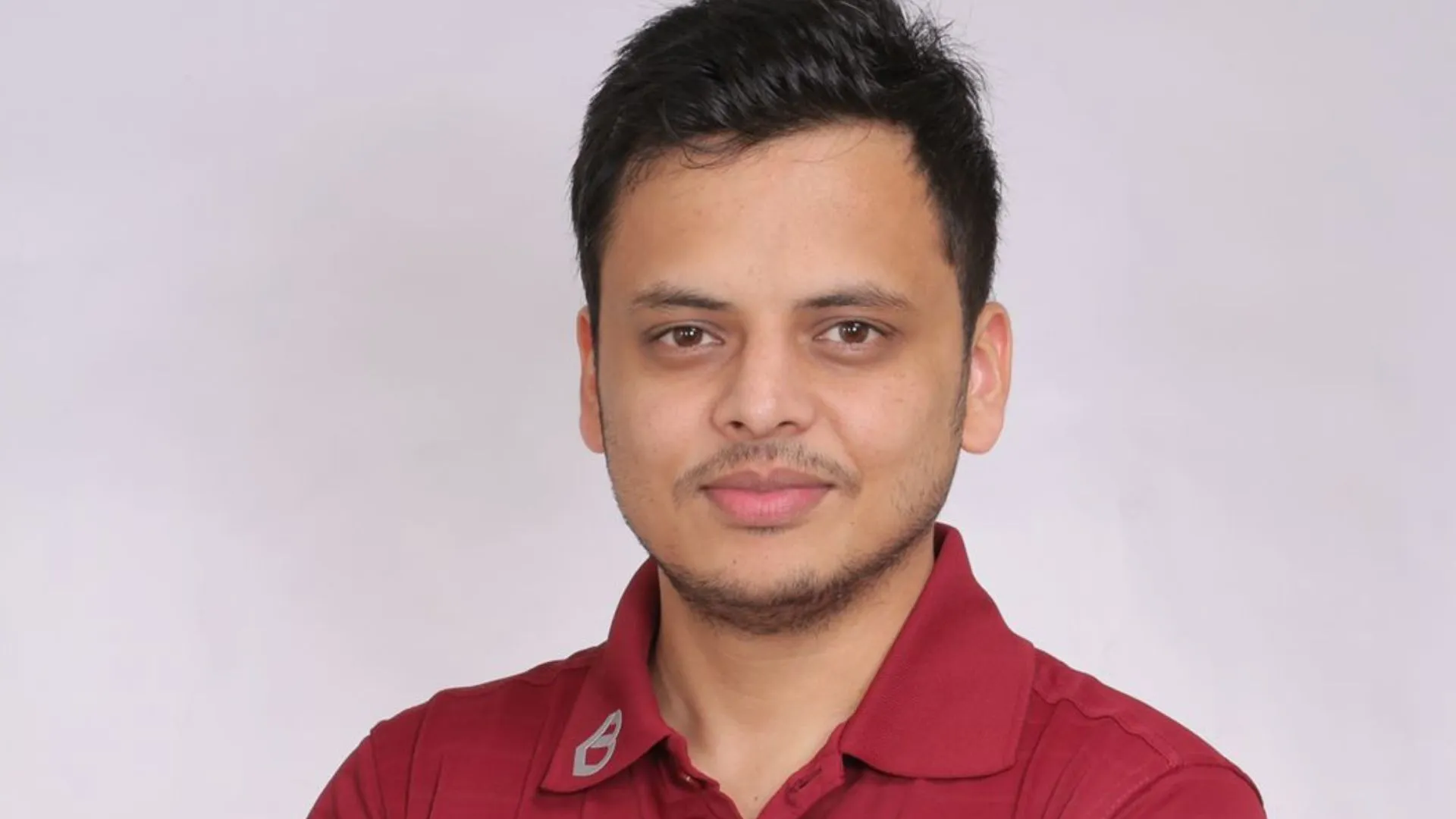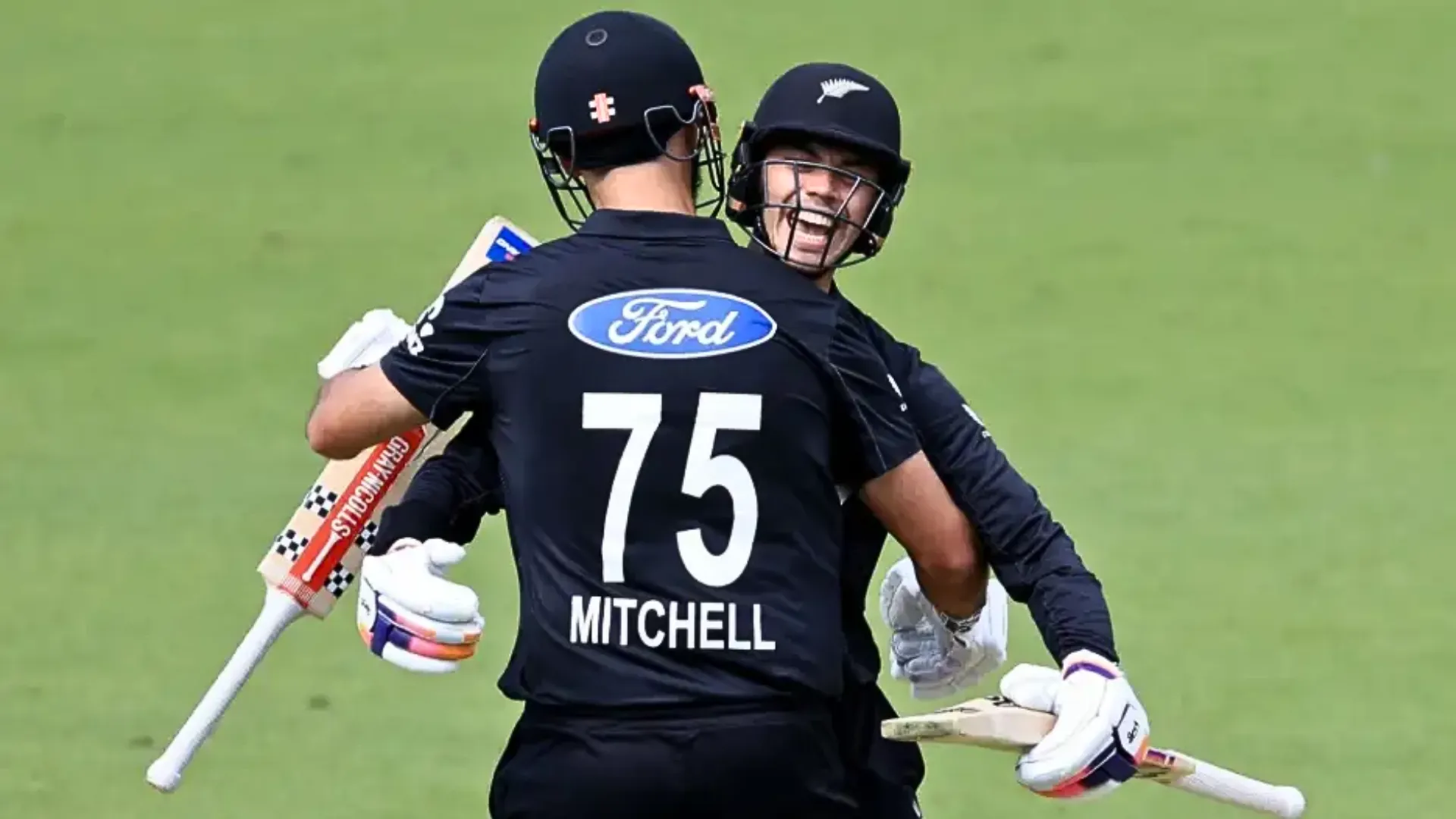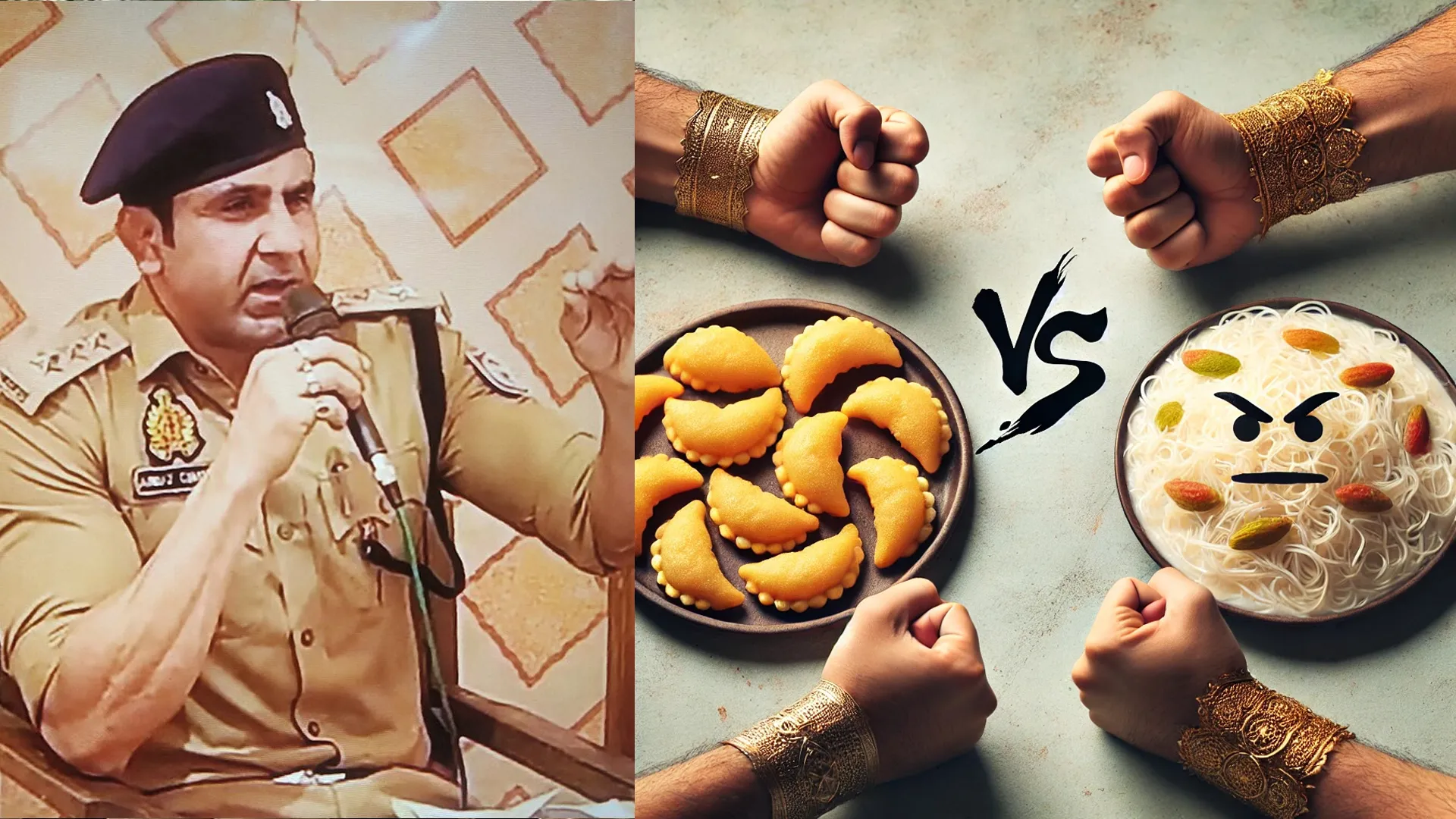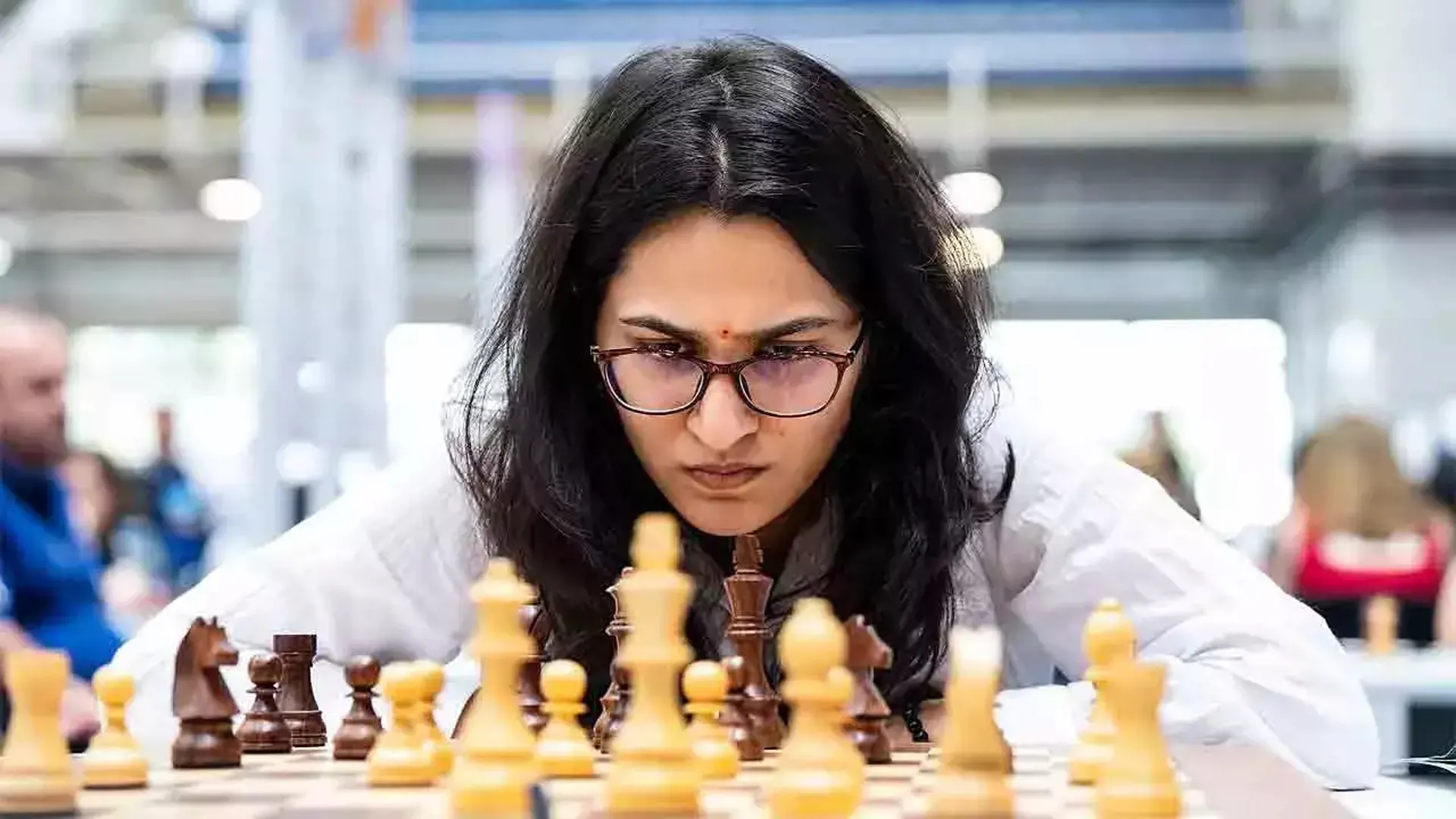Dr Rakesh Maurya, lead scientist at Redcliffe Life Sciences, spoke to NewsX’s Managing Editor on the benefits of plasma therapy in fighting Covid-19.
Q. About 4,257 people have recovered in India. They now carry within them some kind of antibody to coronavirus. Of what use could this pool of population be?
A. The good news is not just the 4,257 that have recovered, but also 80% of the population globally who are showing mild symptoms. They can be potential donors for plasma therapy.
Q. Are you saying that people that are falling sick, but are showing mild symptoms, therefore means they have some natural immunity or natural resistance to this virus?
A. Yes, you got it right. They can be better donors, it is advisable. It is being seen globally in plasma therapy. If you have patients that have not taken any medicine or any drug and have a better natural immune response, they are better donors for plasma therapy.
Q. How is the plasma taken from a person who has recovered and has natural immunity?
A. Let’s go back to the science behind this. When an infection happens, our body has an immune response to target the virus, and then antibodies come up. When a person recovers, there is a technology called plasmapheresis, by which you can automatically separate plasma from the red blood cells. You can then infuse this plasma which is rich in antibodies into the patients who are severe or critically ill. We can also check the amount of antibodies in people, and find those donors have no other existing condition. This is very important. When we are selecting donors, testing has to be done as for any blood transfusion. HIV tests are conducted.
Q. Do blood types have to match in plasma therapy?
A. To some extent, yes. Success rates are very high with the blood groups O and B. Success rate of plasma therapy is lesser in blood group A. That is what clinical trials are for. We have to identify the doses at which to infuse the plasma.
Q. How much plasma can we produce? One or two units of blood per person is the recommended donation amount. So how much blood can a person give?
A. About 600 ml plasma, drawn from 1 or 2 units of blood, is sufficient for 3-5 doses. The good news is that these donors can donate every 14 days. Immunity can last for up to 3 to 4 months, maybe longer. You can use a single donor every 14 days, take 1-2 units of blood. Each donor, each donation can treat 3-5 patients. See the statistics of this. The reproductive rate of coronavirus is that it can infect two people, one person can infect two. But here one person can cure 3-5 people.
Q. There are studies going on here and globally on how effective plasma therapy can be. Unless we have a quantifiable scientific study, we can only guess and hope. How would it generally work? So, one person has recovered or has antibodies; you’ve taken a unit or 2 — about 600 ml of blood from them. You’ve then removed the RBC, so that’s why the plasma resembles whitish-yellow fluid. And then, after doing the HIV testing, etc, you distil the plasma and introduce the plasma into the donee’s bloodstream. What happens then?
A. The initial few days are for prophylaxis. When you inject the plasma, the patient’s body prepares the immune response. You will see some antibodies. Like when you inject a vaccine, you see fever rising. Just like that when you inject plasma, you will see prophylaxis, and then it moves into the therapy mode. The action may take anywhere between 4 to 12 days. In China, there were two trials done, and we saw the results being quite good, especially for critical patients that were on ventilators. Patients that were on ventilator were out of the ventilator within 5-7 days, which is a very good sign for this therapy. There is one more good part I would like to talk about. During the previous SARS outbreak, a large clinical trial was done using plasma therapy. The results were quite promising. This virus has a genome that is 80% similar.
Q. Once I get the plasma, which already has X antibodies in it. Is my body then able to replicate those antibodies? Or am I simply using those donated antibodies?
A. This is an innate response. You are supplementing your body with some antibodies from outside temporarily. The resistance of that patient is not that high against the virus. Yes, it can trigger to a certain extent the inane immunity of the patient. But right now, we can say that it is a temporary measure to reduce the amount of symptoms.
Q. So, the donated antibodies stay in the system for a few days?
A. Yes. They can stay for almost a month or two.
Q What are the risks with this kind of plasma therapy?
A. Risks are there for a certain section of patients. Those who are severely ill and have co-morbid conditions, like diabetes, hypertension, asthma or respiratory illness. Their immune response is already very weak. Even after infusing plasma, you may not see clinical signs of recovery. There is a fine line between a severe patient going into critical condition. If the therapy is administered at a time when the patient can be treated using this method, then the fine line has to be identified through these clinical trials. So that patients who have to be given this therapy can be identified at the right time.
Q. We have over 4,000 official recoveries. These are people who have tested negative twice, they are Covidfree now. Every day, that number is going up by 4oo-500. So potentially, as you mentioned, we potentially have 14,000-15,000 doses of plasma therapy, which incidentally would cover every single patient we have currently. So how do we encourage people who have recovered to come and donate the blood?
A. This is like a normal blood donation camp that we conduct. But we do have to sensitise people. The Indian population is very unique in terms of the response received. India’s well-placed in its battle against coronavirus. Nowhere else in the world is 20% of the population recovering. We have seen that it is usually 10- 11% or less than that. So, we have controlled the disease, we have a large number of donors. First, we have to screen them for all the antibodies. Once we have identified people who have sufficient antibodies in their system, only those can be prospective donors for us.
Q. Is the rapid kit the only way to screen people for antibodies? Or are there other ways of finding corona specific antibodies?
A. With a rapid point of care kit, you put a drop of blood and you know if the antibodies are there or not. Then there is an advanced version of antibody testing, where you can quantify the amount of IgG and IgM in the body. It’s a machine reader and a fairly simple process. We have to find people who have sufficient antibodies, because then you will use less amount of plasma per patient, and you can treat more patients.

